Talk Overview
Many animals are able to regenerate following injury, some better than others. Dr. Reddien uses Planaria as a model system to investigate the cellular and molecular mechanisms that drive regeneration. RNAi makes it possible to inhibit specific genes in Planaria and follow the effects on protein expression and regeneration. Using this methodology, Reddien’s lab identified the notum gene as a regulator of the wnt signaling pathway for determining appropriate head or tail regeneration.
Speaker Bio
Peter Reddien
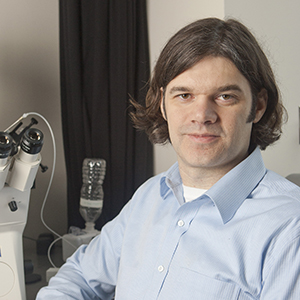
Dr. Reddien is associate professor and associate department head of biology at the Massachusetts Institute of Technology and member of the Whitehead Institute for Biomedical Research. He was an HHMI early career scientist from 2009 to 2014. Continue Reading

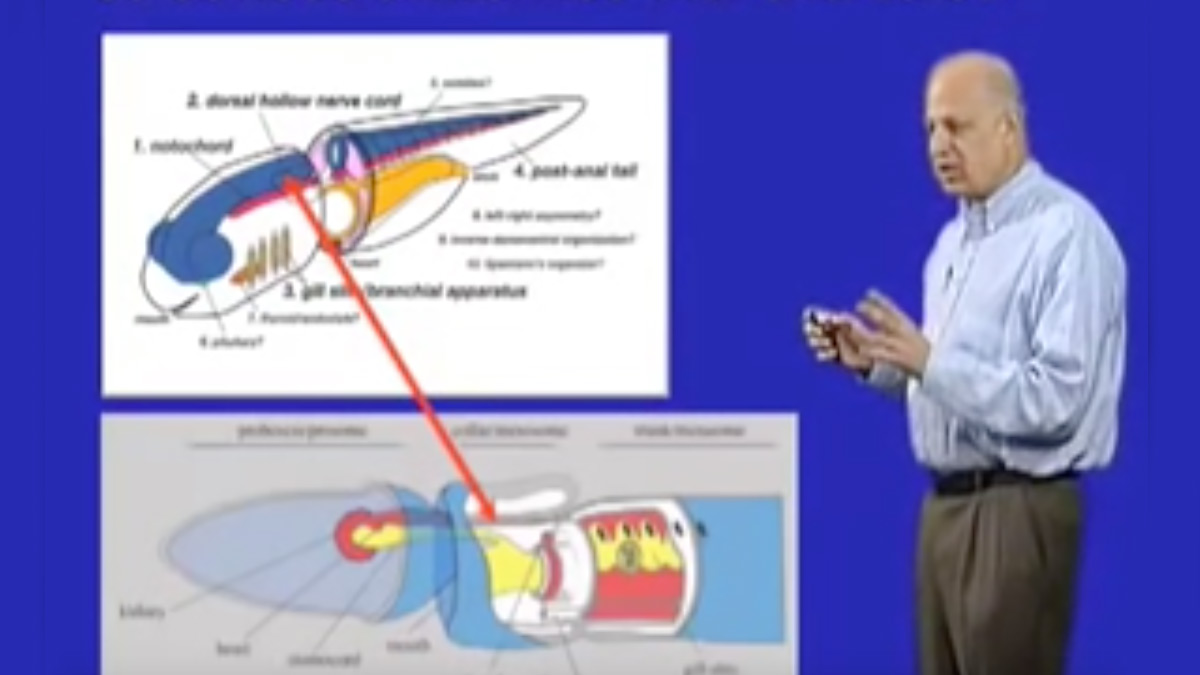
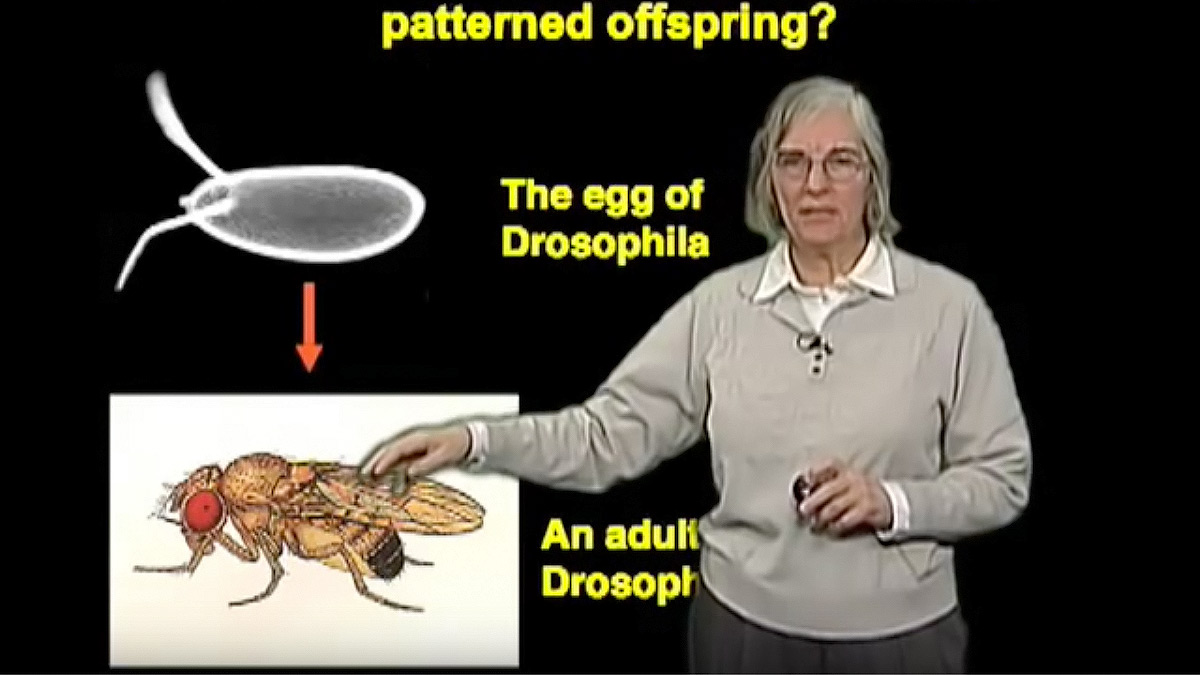
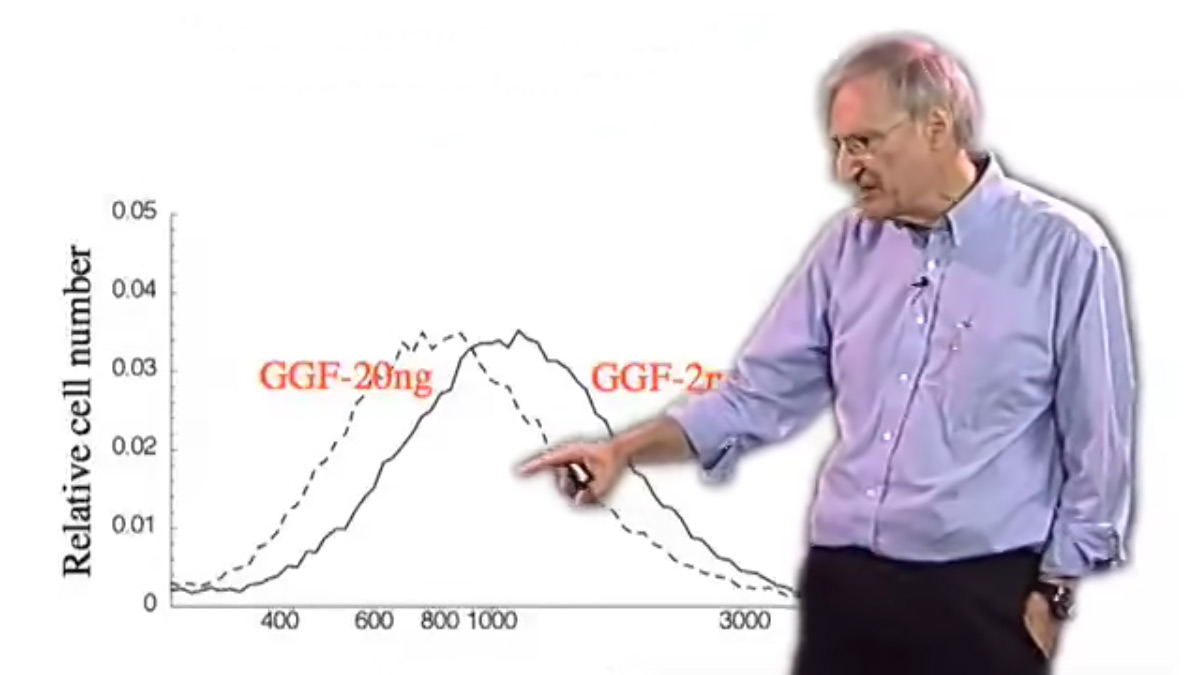
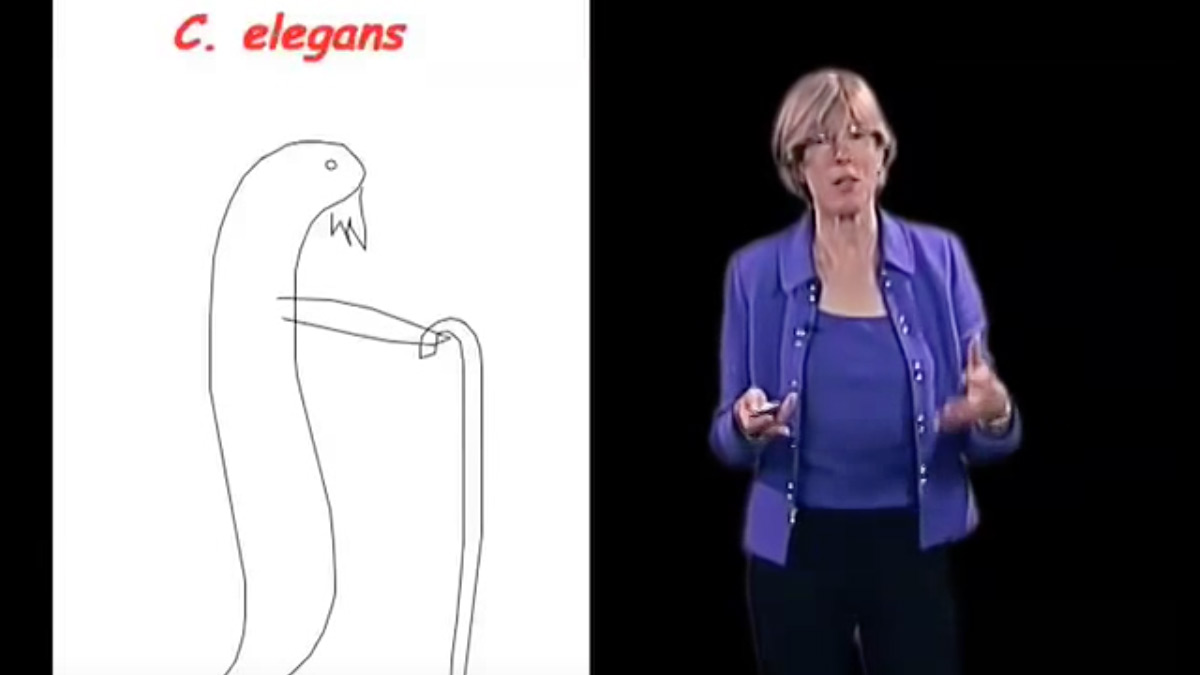
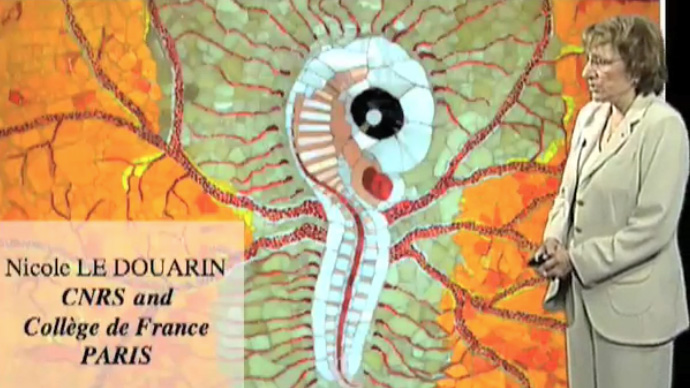






Leave a Reply